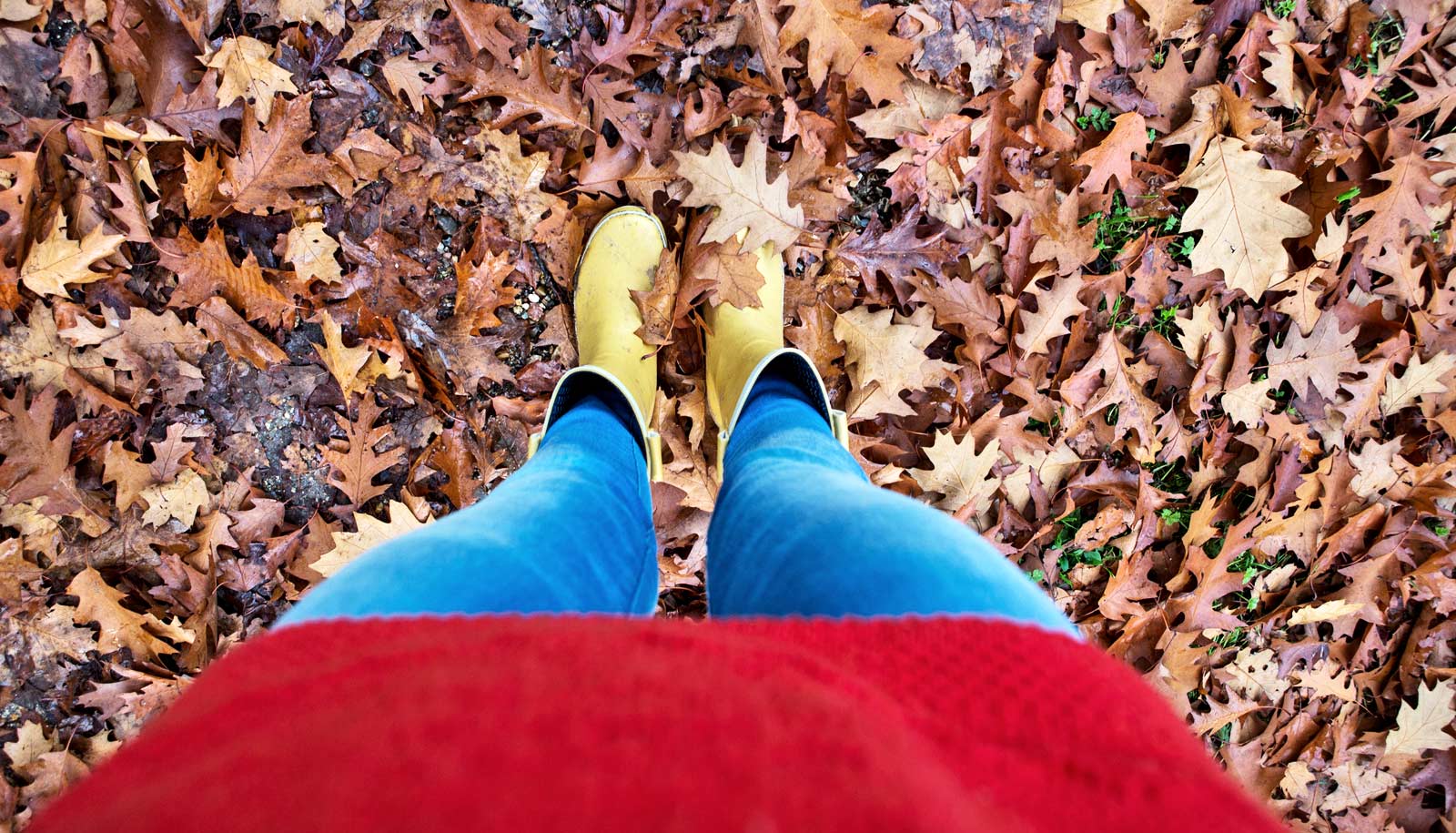When an invasive rose bush dominates urban parks, ticks there are twice as likely as in uninvaded forest fragments to carry the bacteria that causes Lyme disease, research shows.
But outdoor enthusiasts can’t dodge disease just by staying away from thick stands of invasive plants within forest areas. The trend reverses itself at a broader scale, when you compare invaded forests to that mature trees dominate.
A rich leaf layer on the forest floor is a welcome mat for ticks—infected and not.
“While rose appears to increase B. burgdorferi transmission by bringing together ticks and infectious host animals, this is not the whole story,” says Solny Adalsteinsson, a staff scientist at Tyson Research Center of Washington University in St. Louis who conducted the research in New Castle County, Delaware. That state has one of the nation’s highest rates of Lyme disease per capita.
Instead, Adalsteinsson says, there are far more ticks tramping around in forests without the invasive rose, Rosa multiflora.
The difference likely results from the amount of leaf litter on the ground. Ticks live for up to two years, and they need places to hide when they’re not actively downing their blood meals. Forests with mature trees, aged more than 100 years, tend to have thick layers of fallen leaves on the ground, but the soil is bare in many younger forest fragments that are choked with invasive bushes.
When spending time outdoors, learn to recognize the conditions that make for good tick habitat—including bushy, invasive undergrowth that could provide hiding places for mice, birds, and other tick hosts. Those thickets could be local hot spots for disease. But also know that a rich leaf layer on the forest floor is a welcome mat for ticks—infected and not.
Genome reveals secrets of tick saliva
“Because there are so many more ticks in the uninvaded forest, even though the ticks are less likely to be carrying a pathogen, your overall chance of encountering an infected tick is going to be greater in an uninvaded forest fragment,” Adalsteinsson says. “It’s a sheer numbers game at that point.”
The findings appear in the journal Parasites & Vectors.



